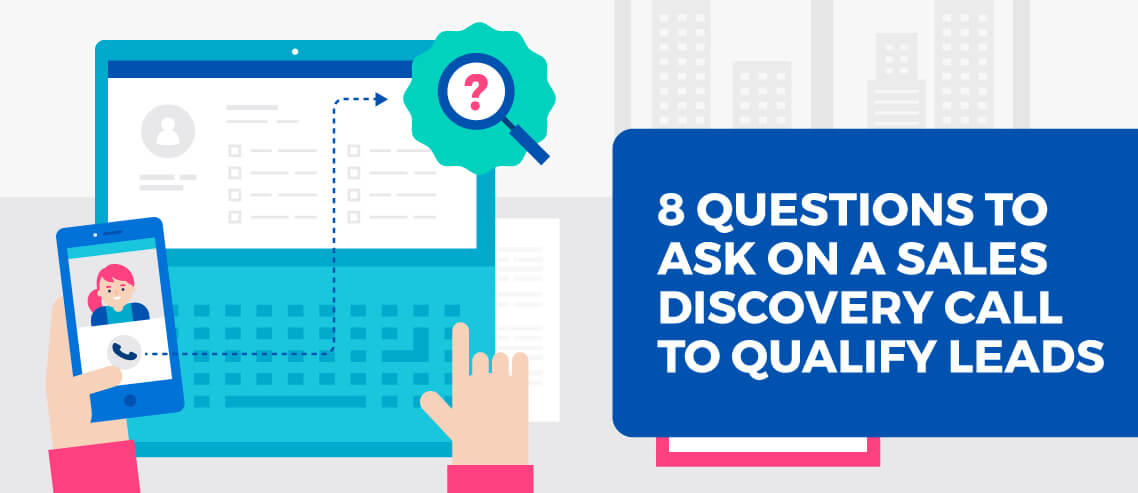How to Build A Winning Sales Deck in 2025 (with Examples)

Contents
The best sales reps know they’re only as strong as their ability to convey the benefits of their product or service. Sure, you can explain a lot with words. But few things are more effective than strong visuals. In fact, a whopping 65% of the population learns best with visuals like images, videos, or live content.
There’s no better way to package all that visual content than in a sales deck. When done well, a great deck will supplement your talk track, keep your audience engaged, and provide structure and consistency to your sales pitch.
Here’s how to build your own winning sales deck this year:
What is a Sales Deck?
A sales deck is typically a Google Slides, PowerPoint, or Apple Keynote presentation that helps you sell your product or services. It’s a supplement to your perfect pitch that’s generic enough to apply to most situations, but also includes enough room for customization so that you can tweak it for each prospect.
A sales deck is a big part of sales enablement, making it easier to close deals. With a well-constructed deck, you’ll have everything you need to tee up your product’s features and corresponding benefits alongside some simple objection-handling visuals and cues for thoughtful conversation.
What Should a Sales Deck Include?
Your sales deck should have only as many slides as you need to close the deal. Nothing less and nothing more. Each slide should be customized to the client when possible and should be free of fluff or unnecessary information. That being said, here are some staple slides you should consider:
- Hook Slide: A key introductory slide that explains why you’re there and what outcome your prospect is seeking.
- Pain Slide: A quick reminder of the problem they’re trying to solve (ideally, in their own words).
- Value Slide: Show them what’s possible and what achieving this outcome would be worth to them.
- Social Proof Slide: How others have achieved their goals through your product or service.
- Solution Slide: Provide an overview of how exactly you can bring the prospect value and solve their problems.
- Options Slide: Outline each option you have alongside desired outcomes, pricing, and differentiating factors.
While you can’t go wrong with some combination of those slides, trust your knowledge of your prospects when it comes to knowing what to include and what to leave out.
How To Build The Best Sales Pitch Deck in 6 Simple Steps
Building a winning sales deck is hard work, but it’ll build your confidence and make it easier to close deals. Arguably the most important thing to remember when creating one is that it shouldn’t be static. Your sales deck will definitely change as your product or service evolves. It’ll also vary based on customer feedback and market conditions.
To get started, follow these six steps:
Step #1. Make interviews a part of the process
Everything you do in sales should be through the lens of the customer. What would impress them? What would calm their fears?
Sure, a lot of that you can get from customer research, reading reviews, or making educated guesses. However, there’s no better way than to get it straight from the source. Ask your customers for feedback on your presentation. Ask them what they enjoyed and what could be improved. The more you get the customer involved, the better odds you’ll have in the long run.
Step #2. Use storytelling to your advantage
People don’t buy what you do; they buy why you do it, according to best-selling author Simon Sinek. Focus your deck less on the product and its features and more on the benefits. Tell them what it means to work with your company. Describe the end result and the benefits they’ll reap by adopting your product or using your services.
Ultimately, you want to tug on their heartstrings and evoke emotion. Get them invested in the idea of a better future—one that’s free of the problem that currently plagues them or rich with new opportunities. The best way to do that is by telling a story. Build a narrative around your product and make them believe it.
Step #3: Remember that less is more
The point of the sales deck isn’t to get them to succumb to pressure or overwhelm them with data. It’s to make the purchase feel easy and worthwhile. If you confuse prospects by introducing too many factors or oversell by going over the top, you’ll likely scare them away.
To avoid that, keep your slide deck simple and clean. Include no more slides than are absolutely necessary, and ensure that each slide you include has a specific point. When in doubt, go ahead and cut the slide or combine it with another.
Step #4: Make your social proof slide powerful and relevant
People naturally feel skeptical of salespeople (or anyone with an agenda). Prepare for that by providing proof outside of your own opinion.
In this case, nothing works better than happy customer reviews. If someone who was in their shoes before made the decision to buy and was happy enough to leave positive feedback, then it’s a no-brainer to include that in your slide deck. But make sure it’s relevant to their situation, and only use the best social proof in your arsenal.
Step #5: Customize your deck for yourself and each customer
The easiest way to make customers feel special is to personalize their buying experience. When you recite from the same old script and fly through a played-out slide deck, people tend to notice.
Alternatively, when you take the time to customize your deck with the buyer’s name or their company name, add some visuals that are relevant to them, and trim out any irrelevant slides, it feels more personal. It shows you’re invested and that you care.
Step #6: Enhance your visuals
The bulk of the world learns best with visuals, so do yourself a favor and partner up with marketing to create stunning visuals for your slides. The less text and screenshots, the better. Leave that for your pitch or the demo.
Sales Pitch Presentation Tips
Now that you’ve got the skeleton of a winning sales deck, let’s make sure your sales presentation is up to snuff as well:
1. Create conversation and engagement
Your slide deck is not a replacement for your sales pitch. You shouldn’t read off slides verbatim or be too robotic about following the flow of your slide deck.
Instead, think of the slides as a guide to your conversation. The visuals should provide context and helpful prompts, but the magic of your presentation still relies heavily on your active listening skills and your ability to adapt.
2. Send your sales pitch deck before the meeting
Your prospects are likely processing a lot of information during the sales process. As a result, they may be a bit confused or even conflicted as to whether they have all the facts. One way to cut down on the confusion is to give them all your resources ahead of time. That way, they can come prepared with better questions—and they may appreciate the sense of transparency you provide.
3. Create a deck for stakeholders to read later
The simple truth of sales is that you’re not always dealing with decision-makers. You’re often selling to someone who’s acting as a champion for your product or service and will relay the information you’ve provided. Make it easy on them by giving them a custom slide deck and some talking points to use.
4 Sales Deck Examples
You can always create your slide decks from scratch, but sometimes a little inspiration (or imitation) can get the creative juices flowing:
1. Richter Strategic Relations
This slide deck is straight to the point: it outlines a problem, points out the value proposition, and offers up a solution. Then, it finishes strong with plenty of social proof and testimonials and ends on the call-to-action, which is pricing.
2. Front Communications
Take a look at this deck’s great start, which leads with the problem and backs it up with stats. It follows through with competitive analysis and social proof, as well as an impressive assortment of visuals that sell its company’s value to potential investors.
3. Uber
Stunning visuals throughout this deck provide a sense that you’re dealing with a mature company that’s using cutting-edge technology. Uber blends visuals and text well, complimenting text slides with graphics and mobile screenshots. The slide deck is long and thorough, which will work well for certain settings, but may require customization depending on the audience.
4. Lead Crunch
Check out Lead Crunch’s clever leading slide which compares and contrasts big players in the industry. The slides that follow paint a picture of the history of the market and where it’s trending before closing with results-oriented slides, social proof, and custom pricing packages.
5. Zoura
Zuora’s sales deck is an excellent example of storytelling, starting with the company’s origin story. It effectively explains how people’s buying habits have changed, and how Zuora helps businesses adapt and successfully sell in this new era. The deck concludes with strong customer testimonials, creating an atmosphere of trust and assurance.
6. Mixpanel
Mixpanel’s sales deck is an exceptional example of simplicity and clarity. The deck starts with an explanation of the problem it solves, follows up with how Mixpanel provides a solution, and concludes with the company’s competition and future plans. The slides are minimalist, with a focus on key messages rather than overwhelming data.
Conclusion
As you can see, there’s no right way to create a winning slide deck. Every product or service requires its own spin and combination of slides. Every brand should bring its own flair to sales deck creation, and every salesperson should provide their own input into customizing decks for their individual prospects.
The most important thing to remember is that you’re not tied to one deck forever. You can (and should) make periodic updates based on customer feedback and internal changes. The more you iterate and flex with the times, the better your chances of staying relevant and ahead of the curve.





